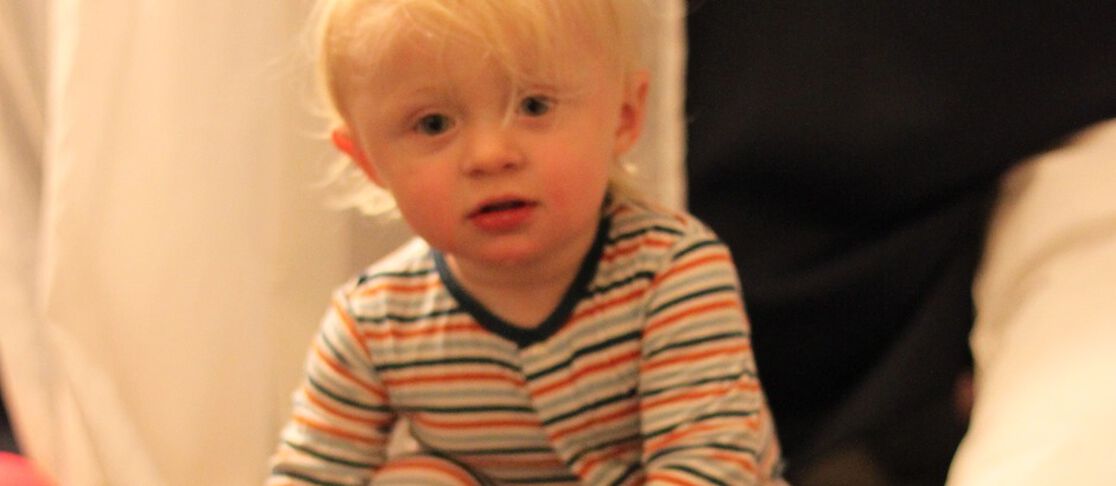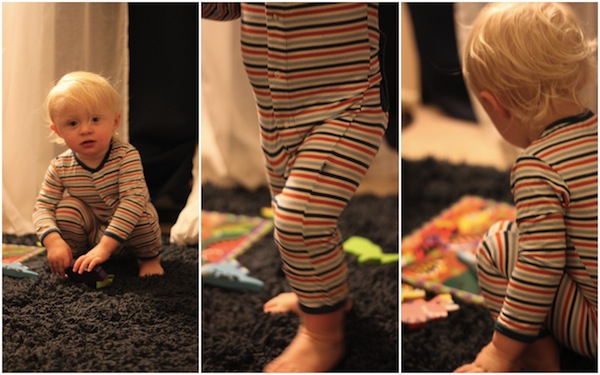Dressing your little one can be one of the most fun jobs as a new parent. Those tiny onesies, sweet pajamas, and tiny socks are irresistible. I know when I found out I was having a son, one of the very first things my husband and I did was pick out his coming home outfit. We literally walked across the street to a children’s boutique immediately following the ultrasound to buy his very first outfit.
In the midst of all of the excitement of a new baby, you may not consider what’s in the clothing you are purchasing or how fabric choices may contribute to living a more natural lifestyle. I didn’t initially. But since clothing is in constant contact with a baby’s delicate and sensitive skin, I now try to choose items made of organic cotton and non-toxic dyes.
When shopping for children’s clothing, you’ll find that most children’s clothing is made out of cotton. What the label won’t tell you is that unless that cotton is organic (and even organic choices aren’t guaranteed 100% chemical-free), it has often been treated with harmful chemicals that can’t always be washed away and, thus, could be absorbed by your baby’s skin.
Is cotton really the fabric of our lives?
While the cotton industry uses pesticides and insecticides in its cotton production—which is bad for the environment and our health because it pollutes natural resources we consume, those pesticide residues are removed from cotton fabric (not batting) during processing. So, you don’t necessarily have to toss all your cotton clothing right now.
Rather, children’s clothing made from synthetic fibers that are manufactured with petrochemicals, acrylic (polycrylonitriles), PVC, and esters may be linked to health problems including cancer, immune system damage, behavioral problems, and hormone disruption. And the fabric finishing found on cotton and synthetics alike is more concerning. Unlike sizing that can be removed in five washes, permanent press or fire-retardant finishing (which many children’s pajamas are treated with) never washes out and is known to release formaldehyde. Even “[s]ome synthetic dyes are made with chemicals that have been linked to everything from skin sensitization to occupational cancer,” reports Healthy Child Healthy World.
What should you keep in mind when shopping or buying gifts?
Choosing clothing made of sustainable fibers with non-toxic dyes are the safest and will keep harmful chemicals and toxins away from your baby’s skin. Look for clothing that is made out of organic cotton, hemp, bamboo, wool, cashmere, or silk and check the label for no chemical finishes, non-toxic dyes and inks, and fair labor practices. You can also check the label for The Global Organic Textile Standard (GOTS) organic label. GOTS is the world's leading textile processing standard for organic fibers and requires that the clothing is 95 percent organic and has no toxic dyes or finishes.
How do you find affordable and safe clothing for your kids?
A few of my favorite organic clothing companies include Under the Nile, Kate Quinn Organics, and KicKee Pants. And check out these great ideas for organic bibs, too. What are your faves?
~ Isobel Benesch of holdenonbaby
We aim to provide you with the most honest and credible information possible. This article was reviewed for accuracy by The Honest Team and was written based on sources that are linked at the bottom of the article.
blog_review_statement




